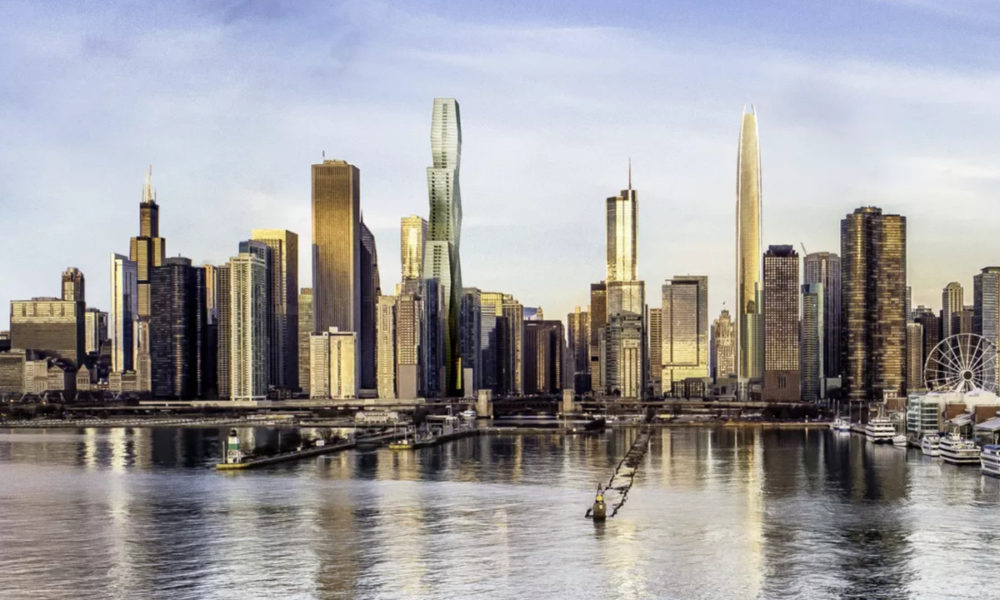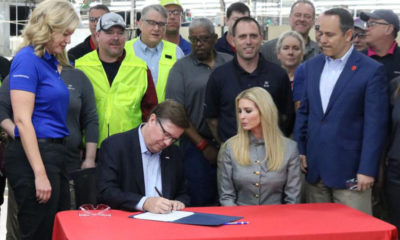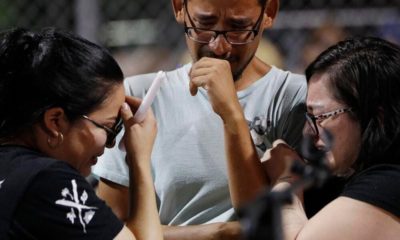
Americans’ View of the Current Economy Is the Highest in 19 Years
Contribution By Reade Pickert
LISTEN TO ARTICLE
2:18
SHARE THIS ARTICLE
U.S. consumer confidence declined in August by less than forecast as Americans’ assessment of current conditions climbed to the highest level in almost 19 years, helped by a job market that remains robust.
The Conference Board’s index eased to 135.1 this month from a revised 135.8, according to data from the New York-based group Tuesday that exceeded all estimates in a Bloomberg survey of economists. The gauge of views on the present situation jumped to 177.2, the highest since November 2000, the expectations index decreased.

Key Insights
- The reading shows hiring and income gains are keeping consumers upbeat and assuaging concerns about the economy’s prospects in light of slowing global growth, volatile financial markets and escalating U.S.-China trade tensions. The level of confidence could allow for sustained household spending that remains a mainstay of the economy.
- The share of respondents who say jobs are currently plentiful jumped to 51.2%, the highest since September 2000, while the share saying jobs are hard to get declined to the lowest in three months.
- The expectations gauge declined to 107 from 112.4 as the outlook for business conditions and incomes eased.
- The report follows other confidence gauges that suggest consumer sentiment may be wavering in the U.S. The University of Michigan’s gauge dropped to the lowest level since January this month, and Bloomberg’s weekly comfort measure recently saw its largest back-to-back slide since 2011.
Official’s View
“While other parts of the economy may show some weakening, consumers have remained confident and willing to spend,” Lynn Franco, senior director of economic indicators at the Conference Board, said in a statement. “However, if the recent escalation in trade and tariff tensions persists, it could potentially dampen consumers’ optimism regarding the short-term economic outlook.”
Get More
- Plans to buy cars increased, while plans to buy appliances and homes eased.
- The difference between the shares of those saying jobs are plentiful and hard to get, known as the labor differential, widened to 39.4, the biggest gap since November 2000.
- The share of respondents who anticipate interest rates to be lower a year from now increased to 27.3%, the highest since March 2009.
(Adds graphic and official’s view.)
Source : Bloomberg LP, K1FO, US K1FO NEWS





















Facebook
Twitter
Pinterest
Google+
RSS